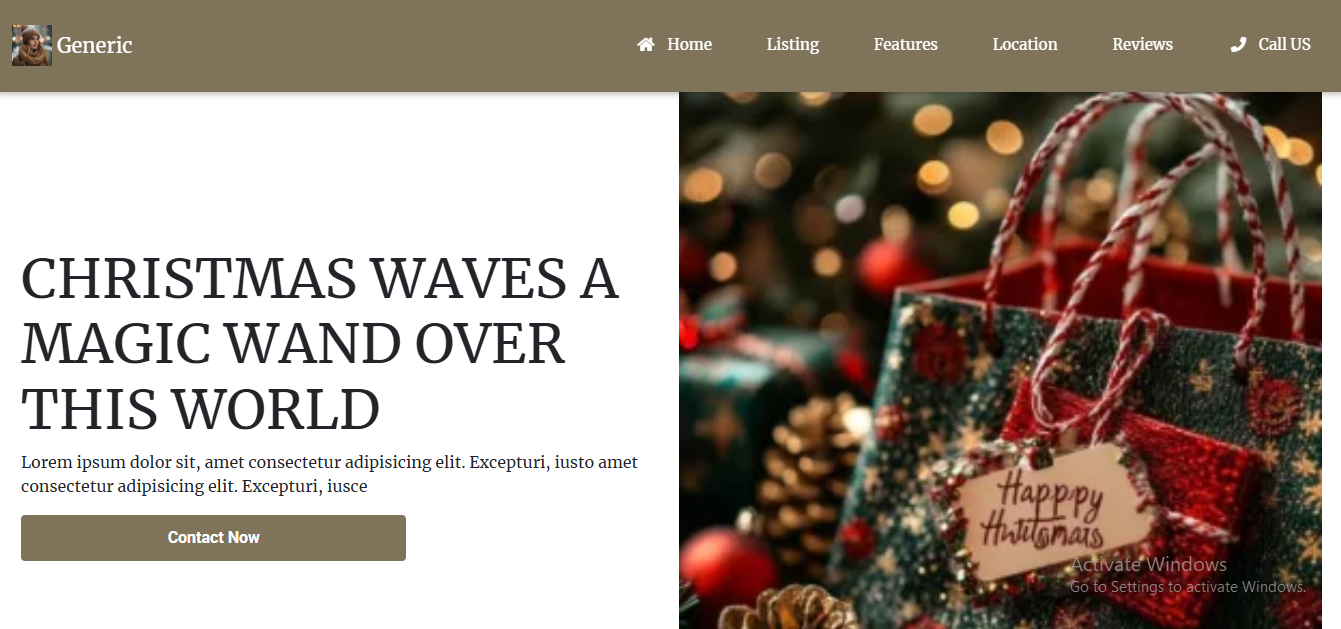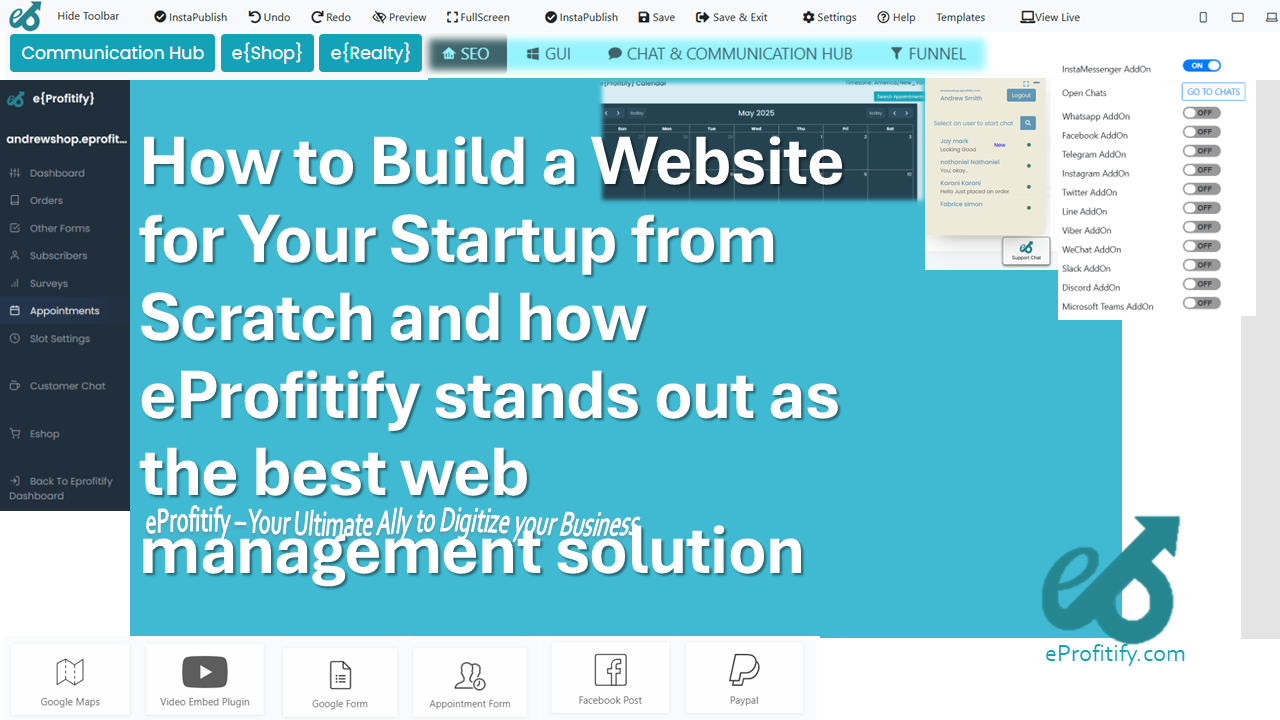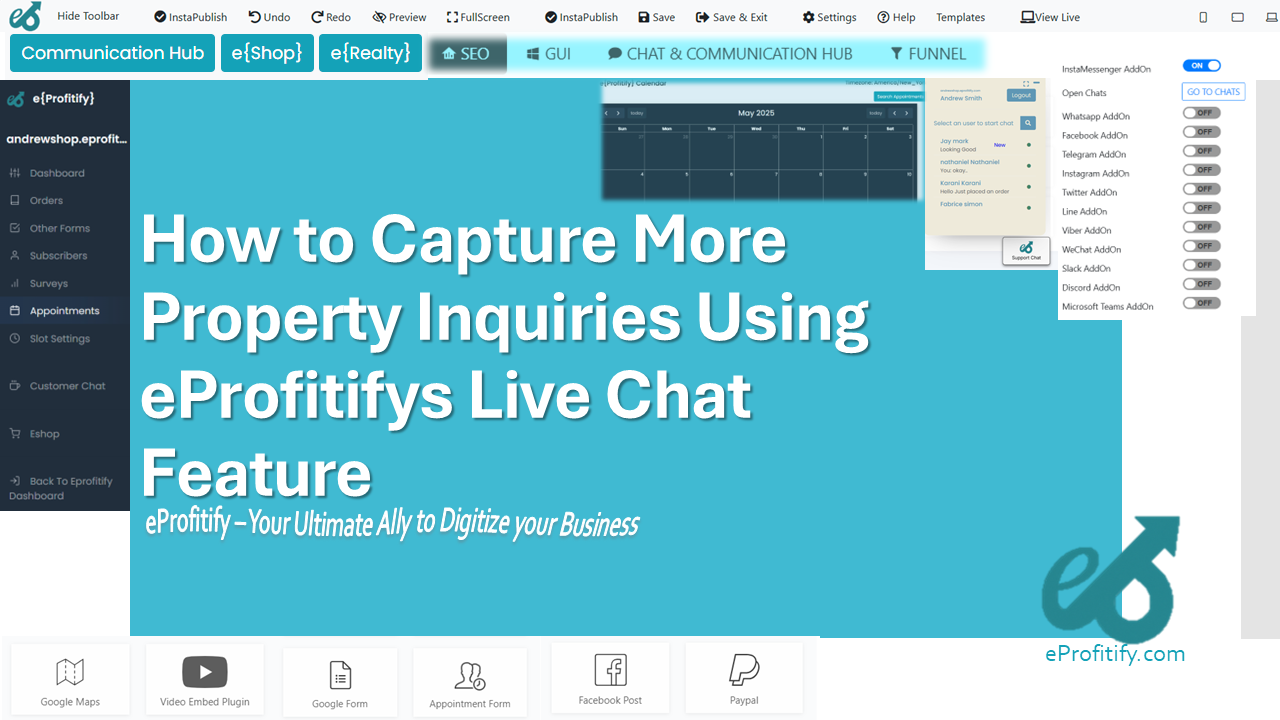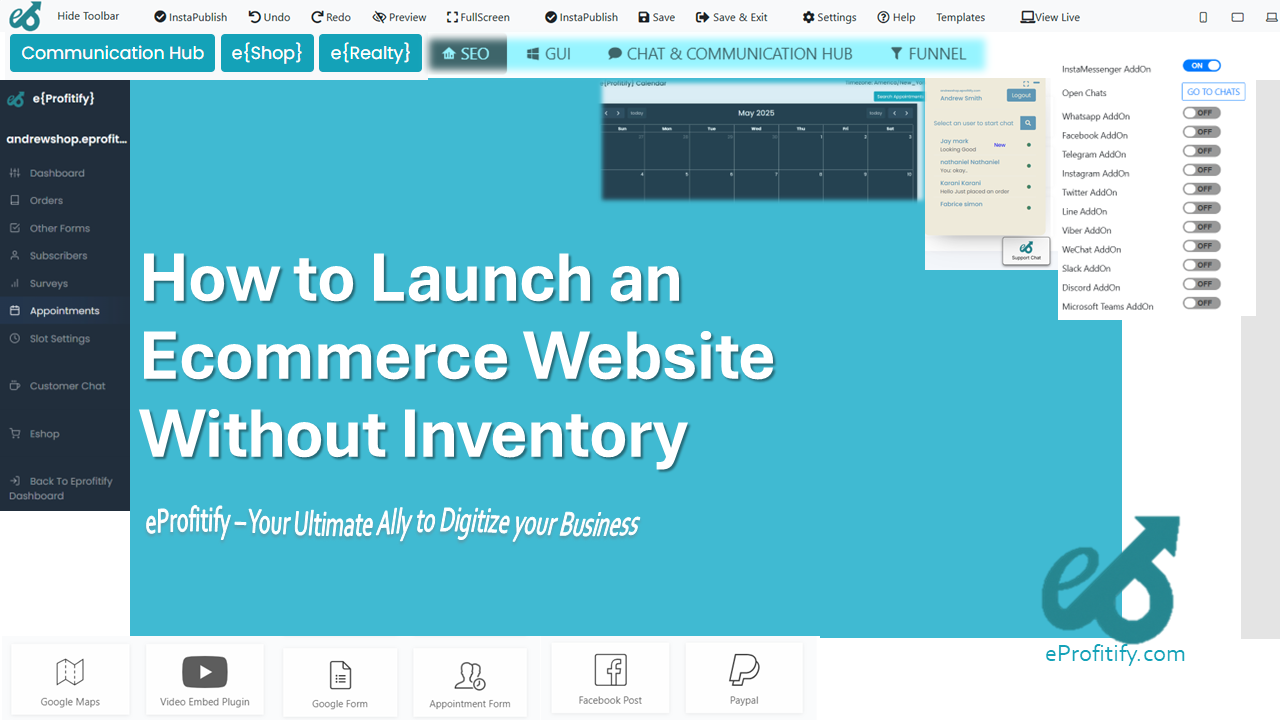How to Create a High-Converting Funnel That Actually Works
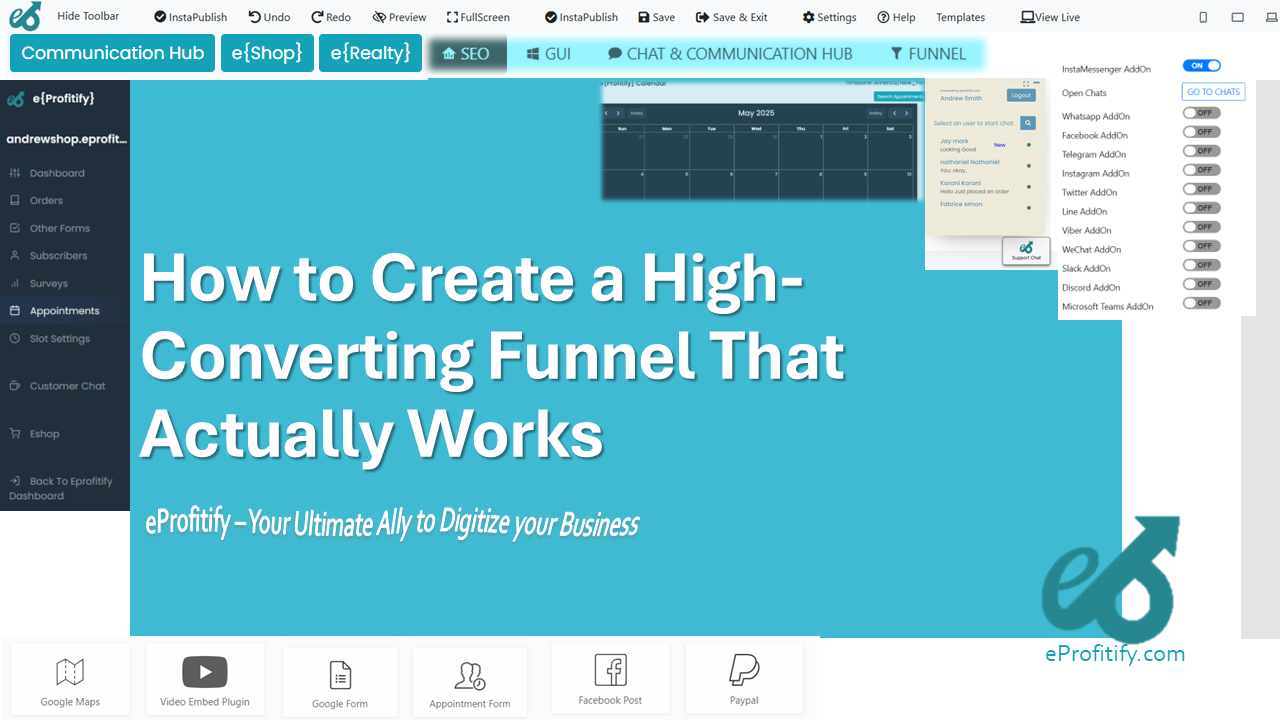
How to Create a High-Converting Funnel That Actually Works
In the digital age, businesses live or die by their ability to turn prospects into paying customers. A well-structured sales funnel is critical for guiding users from their first interaction with your brand to the final purchase—and beyond. However, building a funnel that actually converts requires strategy, data-driven decisions, and tools that streamline the process.
In this guide, we’ll break down the steps to creating a high-converting funnel, highlight vital statistics to emphasize the importance of each stage, and demonstrate how platforms like eProfitify—a leading website publishing and management tool with features like instant messaging, appointment scheduling, eCommerce integration, CRM, and more—can supercharge your results.
Why Sales Funnels Matter: The Numbers
Before diving into mechanics, let’s ground ourselves in data:
- 68% of companies have not identified or attempted to measure their sales funnel. (Source: MarketingSherpa)
- Businesses using CRM tools (like eProfitify) see sales increase by 29% and forecast accuracy improve by 32%. (Source: Salesforce)
- Landing pages optimized for conversions can boost leads by up to 220%. (Source: Unbounce)
- 74% of consumers rely on social media to guide purchasing decisions. (Source: HubSpot)
These stats underscore the need for intentional funnel design and the value of tools that automate and optimize the process.
Step 1: Attract Targeted Traffic
Goal: Drive quality leads to your funnel’s entry point.
Your funnel starts by attracting the right audience. Organic search, paid ads, social media, and email campaigns are common traffic sources. However, success depends on alignment between your messaging and your audience’s needs.
Strategies:
- Use SEO and content marketing to attract users actively searching for solutions.
- Leverage paid ads with hyper-targeted demographics (e.g., Facebook Ads, Google Ads).
- Offer lead magnets (e.g., free e-books, checklists) in exchange for email addresses.
Tool Tip:
eProfitify’s website builder helps you create SEO-optimized landing pages and blogs quickly, while its analytics tools track traffic sources. For example, integrate blogs with embedded lead capture forms to convert visitors instantly.
Step 2: Convert Visitors into Leads
Goal: Capture contact information.
Once visitors arrive, persuade them to take action. A strong call-to-action (CTA), coupled with social proof and urgency, is essential.
Statistics to Note:
- Adding video to a landing page can increase conversions by 80%. (Source: Unbounce)
- Personalized CTAs convert 202% better than generic ones. (Source: HubSpot)
Strategies:
- Use clear, benefit-driven CTAs (e.g., “Get Your Free Guide” vs. “Submit”).
- Display testimonials or trust badges to reduce friction.
- Offer time-sensitive discounts or bonuses.
Tool Tip:
With eProfitify’s instant messaging feature, engage visitors in real time. Answer questions, address concerns, and guide them toward your CTA without delay.
Step 3: Nurture Leads into Customers
Goal: Build relationships and demonstrate value.
Not all leads are ready to buy immediately. Use email marketing, retargeting ads, and personalized content to stay top-of-mind.
Key Stats:
- Nurtured leads make 47% larger purchases than non-nurtured leads. (Source: The Annuitas Group)
- Email marketing delivers an average ROI of $42 for every $1 spent. (Source: Litmus)
Strategies:
- Segment your email list based on user behavior (e.g., cart abandoners, frequent blog readers).
- Share case studies, product demos, or free trials.
- Retarget visitors with dynamic ads showcasing previously viewed products.
Tool Tip:
eProfitify’s CRM centralizes customer data, letting you automate personalized email sequences and track engagement. Set triggers (e.g., a user downloads a guide) to send tailored follow-ups.
Step 4: Optimize the Checkout Process
Goal: Minimize drop-offs during purchase.
A complicated checkout process is a conversion killer. Simplify steps, reduce form fields, and offer multiple payment options.
Statistics:
- 69% of shoppers abandon carts due to high extra costs (shipping, taxes). (Source: Baymard Institute)
- Offering multiple payment options can increase conversions by 30%. (Source: Statista)
Strategies:
- Display trust signals (SSL badges, secure payment icons).
- Enable guest checkout.
- Use exit-intent pop-ups to recover abandoning shoppers.
Tool Tip:
eProfitify’s eCommerce integration supports one-click upsells, split testing, and mobile-friendly checkout pages. Attribute sales to specific campaigns using built-in analytics.
Step 5: Retain and Upsell Customers
Goal: Turn one-time buyers into loyal advocates.
Acquiring a new customer costs 5–25x more than retaining an existing one (Source: Invesp). Loyal customers spend 67% more than new ones (Source: Bain & Company).
Strategies:
- Launch a loyalty program or subscription model.
- Request feedback and act on it.
- Use post-purchase emails to recommend related products.
Tool Tip:
eProfitify’s appointment management system streamlines booking for service-based businesses, while CRM tools track purchase history to fuel personalized upsell campaigns.
Why eProfitify is a Game-Changer
While designing a high-converting funnel requires skill, using the right tools can make the difference between good and exceptional results. eProfitify stands out as an all-in-one solution for businesses aiming to:
- Build and manage websites with integrated SEO tools.
- Communicate instantly with leads via live chat.
- Automate appointment scheduling and reminders.
- Manage eCommerce sales, inventory, and checkout.
- Track customer interactions with a powerful CRM.
For example, a small business using eProfitify’s analytics might discover that 40% of their cart abandoners come from mobile users struggling with a slow checkout. They could then use the platform’s split-testing feature to optimize mobile load times, potentially recovering thousands in lost revenue.
Final Thoughts
Building a high-converting funnel isn’t a one-time task—it’s an ongoing process of testing, refining, and leveraging the right tools. By focusing on each stage (attract, convert, nurture, close, retain) and using platforms like eProfitify to automate workflows, businesses can achieve consistent growth in today’s competitive landscape.
Remember: Funnels thrive on data. Track metrics like conversion rates, customer lifetime value, and bounce rates to identify weak spots. With persistence and the right technology, you’ll turn more leads into loyal customers—and revenue into profits.
Statistics sourced from HubSpot, Salesforce, Baymard Institute, and others.
